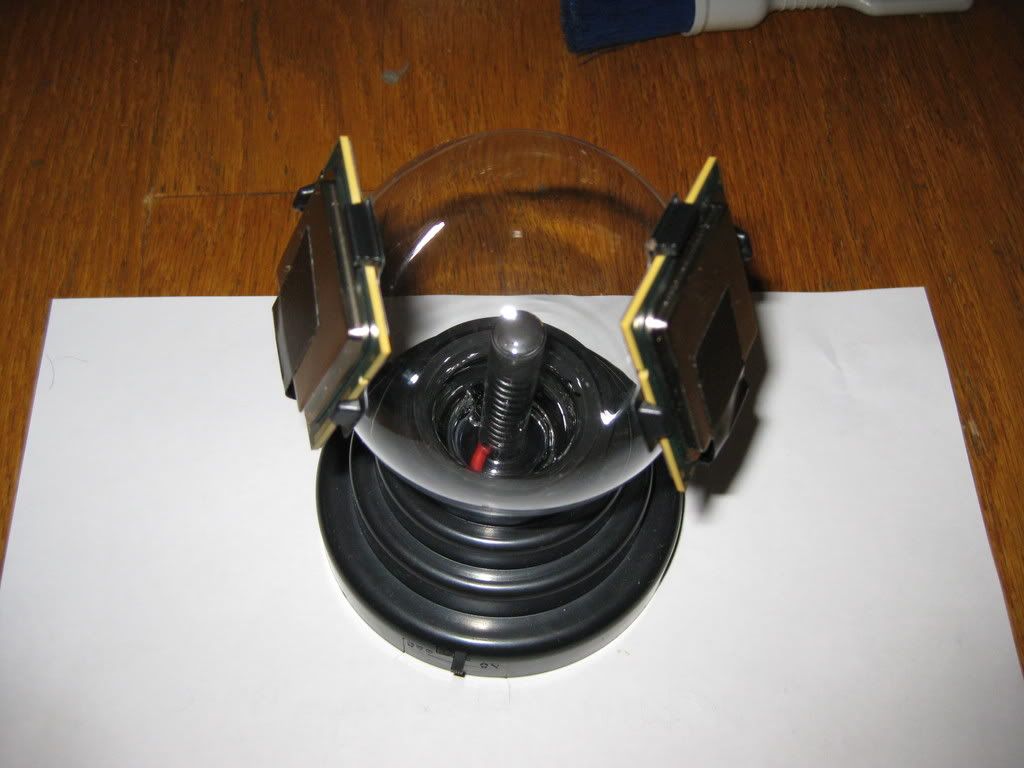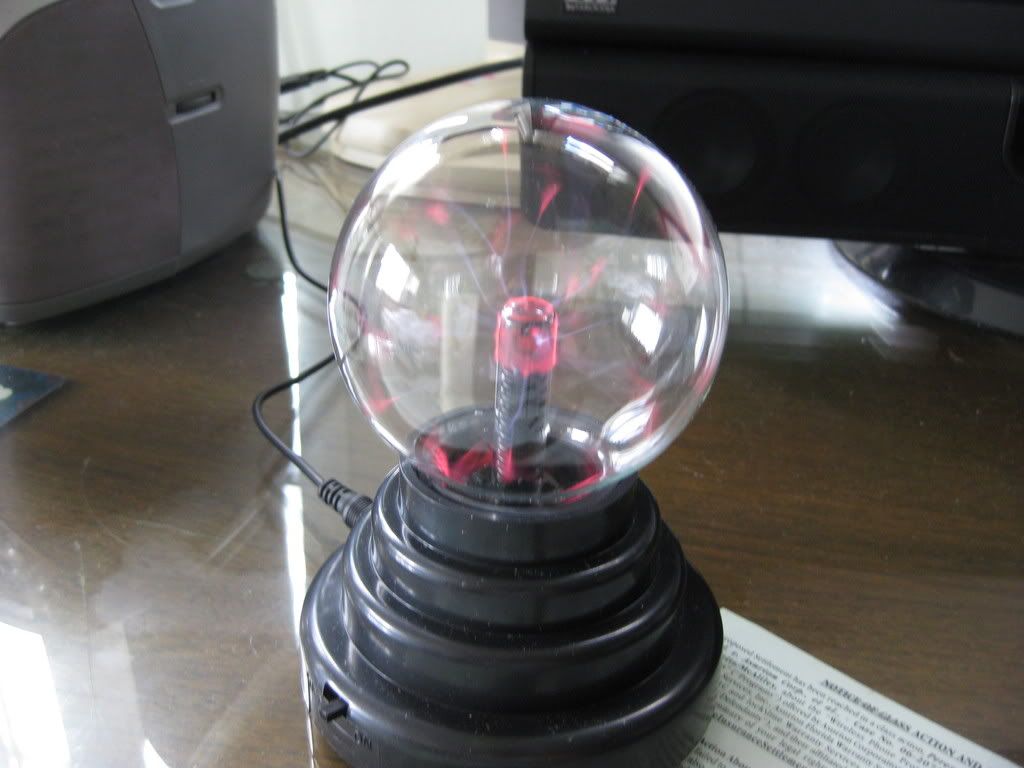During the last 2 weeks I've had the opportunity and the fun of working with one of the new Nehalem cpu's and the Intel DX58S0 motherboard.
The cpu is the i7-965 Bloomfield EE edition.
Stock speed on this cpu is 3200mhz but brother does it have some overhead if you take the time to work with it.
This is a 45nm cpu like the Yorkfields but there the resemblance disappears.
I won't get into the chip architecture because most of you already know about the changes.
Overclocking this bad boy is much different than any of the previous Intel chips.
This was like learning Swahili when you've never even heard of the language.
The BIOS has more adjustments than any previous Intel based machine but there is good reason for it. You can adjust any parameter imaginable and to get the most out of the machine you will have to get familiar with most of those settings.
Don't be concerned about this as by the time you buy one all the research will have been done for you and posted here on the forum.
One last thing, if I can do it and make it work you can.
I am not a bencher. I build high end dual socket server systems and very rarely even use a single socket machine.
Your going to read a lot on this setup in the following days by people like Fugger and Sampsa who know what they are doing and will bring you good advice.
Lets start;
Specs are as follows:
Intel i7-965 Bloomfield EE cpu
Intel DX58S0 motherboard
3x1 gig DDR3,PC3-10700 Aeneon memory @8-8-8-24 1T
EVGA 9600GSO vid
PCP+C 610w Silencer PSU
All testing done with Windows XP Pro 64bit
Here's a look at the setup as I put it in an old Supermicro SC750 case I had here.
As you can see it's a pretty straightforward setup using a TR UltraExtreme 120 with a Scythe 120x38mm UltraKase 87CFM fan. A little overkill on the fan but a excellent one.
Sorry for the slightly fuzzy pic, I had a issue with drool and it effected the shot!
The first thing I did was to get an idea of what it needed for settings and voltages to get to my goals. What I found is that it's pretty forgiving on voltages and doesn't need as much as you'd think. In fact I would recommend staying under 1.4v unless you are going VERY high up and even then 1.4v will do all most all you'd need for any 24/7 work.
Now since my main interest is in the distributed computing area thats where I focused my attention.
First to WCG and a benchmark at 3733mhz which seemed like a good speed for 24/7 work
3662/11854 is a pretty respectable benchmark considering it's thinking it's looking at 8 cores. Had I done this with HT turned off I'd guess those numbers would go a bit higher.
I downloaded 16 work units for WCG and ran them in 3 groups to get some idea of the effects of using hyperthreading on this program.
The first 8 WU I ran in 2 groups of 4 with HT off and as you see they finished in app 2 hours 28 minutes.
The last group of 8 WU I ran at one time with HT enabled and was happily surprised to see that they finished in less than twice the time of running 4 units with HT off.
4 hours 25 mins app .This shows the effect of HT and that it is a positive one.
From the brief numbers I can see it looks like this machine at 3733mhz will pull just over 20,800 points a day with HT off and well over 30,000 a day with HT enabled.
For comparison a Q6600 machine at 3600 will pull between 15,000-16,000 a day.
Next I ran Folding at home and two different methods.
First with 2 SMP installs to handle the 4 cores.
I asked around in the Folding section and was told that the fastest machine they'd seen, a yorkie at 4000 on water, had done app 3300 points a day.
As you see in the pic below the Nehalem is closing on 5000 points a day.
Now if you prefer not to max the machine I tried it with just one SMP install and a nVidia 9600GSO card($50.00 from eBay) and in this configuration the machine was pulling well over 7000 points a day with only 63% cpu usage.
Next I went to two apps that I like to run, Cinebench10 and Super Pi1M.
First Super Pi.
I had some goals here, I wanted to break 10seconds on air.
Not an easy goal but I'm a stubborn old guy and I wanted this.
After a long night of tweaking I reached my goal and this one I'm happy with.
4226mhz on real air in a 72F room is to me impressive.
Last Cinebench.
I had a goal here also. 4000mhz with HT enabled and this puts a real stress on the machine.
This also took some work but I finally managed to get what I wanted from it.
These numbers are closer to what you'd expect from a legit 8 core machine instead of a 4 core.
After 2 weeks with this machine it's made a believer out of me.
It's much more powerful clock for clock than the previous Yorkfields when put to pure computational programs such as I do and also it's fun to work with.
Temps in a 72f room with even 1.4v fed to the machine at 3733mhz stayed in the low 50C range and even maxed at 4226 just touched 60C and that was with 1.475V set in BIOS.
My thanks to the people that made this available to me and also I'd like to say a personal thanks to both Fugger and to Francois Piednoel from Intel for their advice and support.















 Reply With Quote
Reply With Quote

















 *
*




Bookmarks